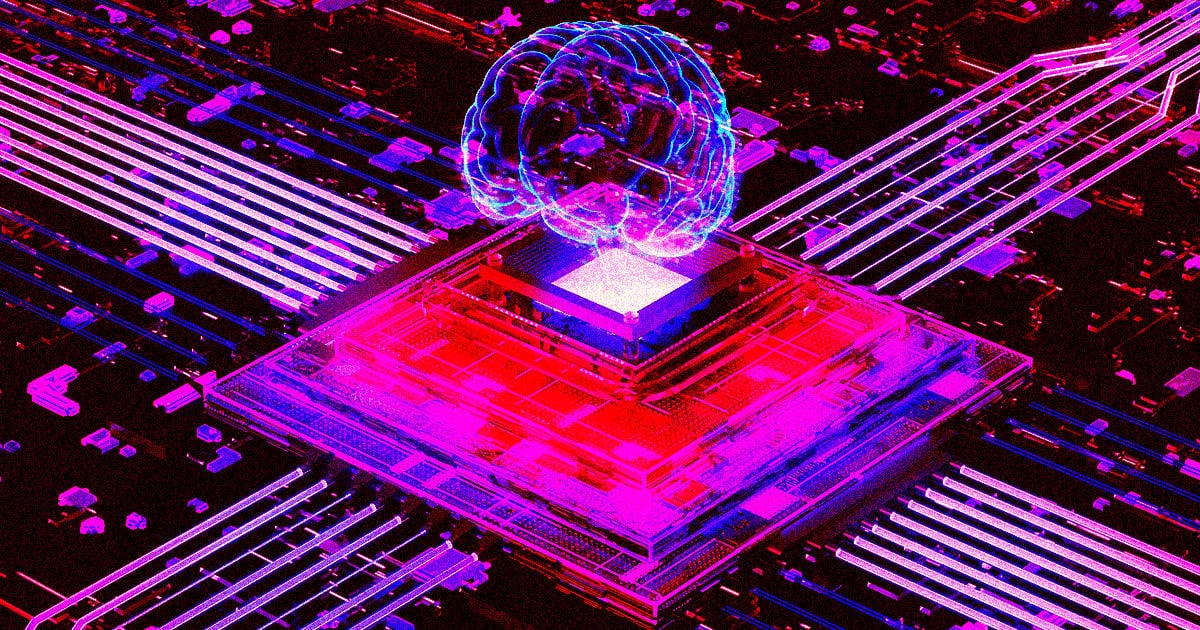Brain Stormer
Researchers at Western Sydney University in Australia have teamed up with tech giants Intel and Dell to build a massive supercomputer intended to simulate neural networks at the scale of the human brain.
They say the computer, dubbed DeepSouth, is capable of emulating networks of spiking neurons at a mind-melting 228 trillion synaptic operations per second, putting it on par with the estimated rate at which the human brain completes operations.
The project was announced at this week’s NeuroEng Workshop hosted by Western Sydney’s International Centre for Neuromorphic Systems (ICNS), a forum for luminaries in the field of computational neuroscience.
Once operational in April of next year, DeepSouth could provide researchers with an unparalleled look at how the human brain processes information.
“Progress in our understanding of how brains compute using neurons is hampered by our inability to simulate brain like networks at scale,” said ICNS director and Western Sydney professor André van Schaik in a statement.
Spiking Neurons
Instead of aiming for DeepSouth to become the most powerful conventional supercomputer in the world, the researchers are looking to simulate the brain’s network of neurons using a “neuromorphic system which mimics biological processes,” per the press release.
They say the result is a more efficient and less power-hungry supercomputer, built from the ground up to simulate synaptic activity in the human brain.
In simple terms, neuromorphic computing involves performing a lot of operations at once while only moving very little data, which makes it consume far less energy as well.
“Simulating spiking neural networks on standard computers using Graphics Processing Units (GPUs) and multicore Central Processing Units (CPUs) is just too slow and power intensive,” van Schaik explained in the statement. “Our system will change that.”
The researcher and his team are hoping to “progress our understanding of the brain and develop brain-scale computing applications in diverse fields including sensing, biomedical, robotics, space, and large-scale AI applications.”
For instance, the tech could lead to the development of advanced smart devices or allow AI models to consume less power.
Other researchers are already excited about what the future of DeepSouth could hold.
“At the end of the day there’s two types of researchers who will be interested in this — either those studying neuroscience or those who want to prototype new engineering solutions in the AI space,” Johns Hopkins computer engineering professor Ralph Etienne-Cummings, who was not involved in the project, told New Scientist.
“If you are trying to understand the brain this will be the hardware to do it on,” he added.

